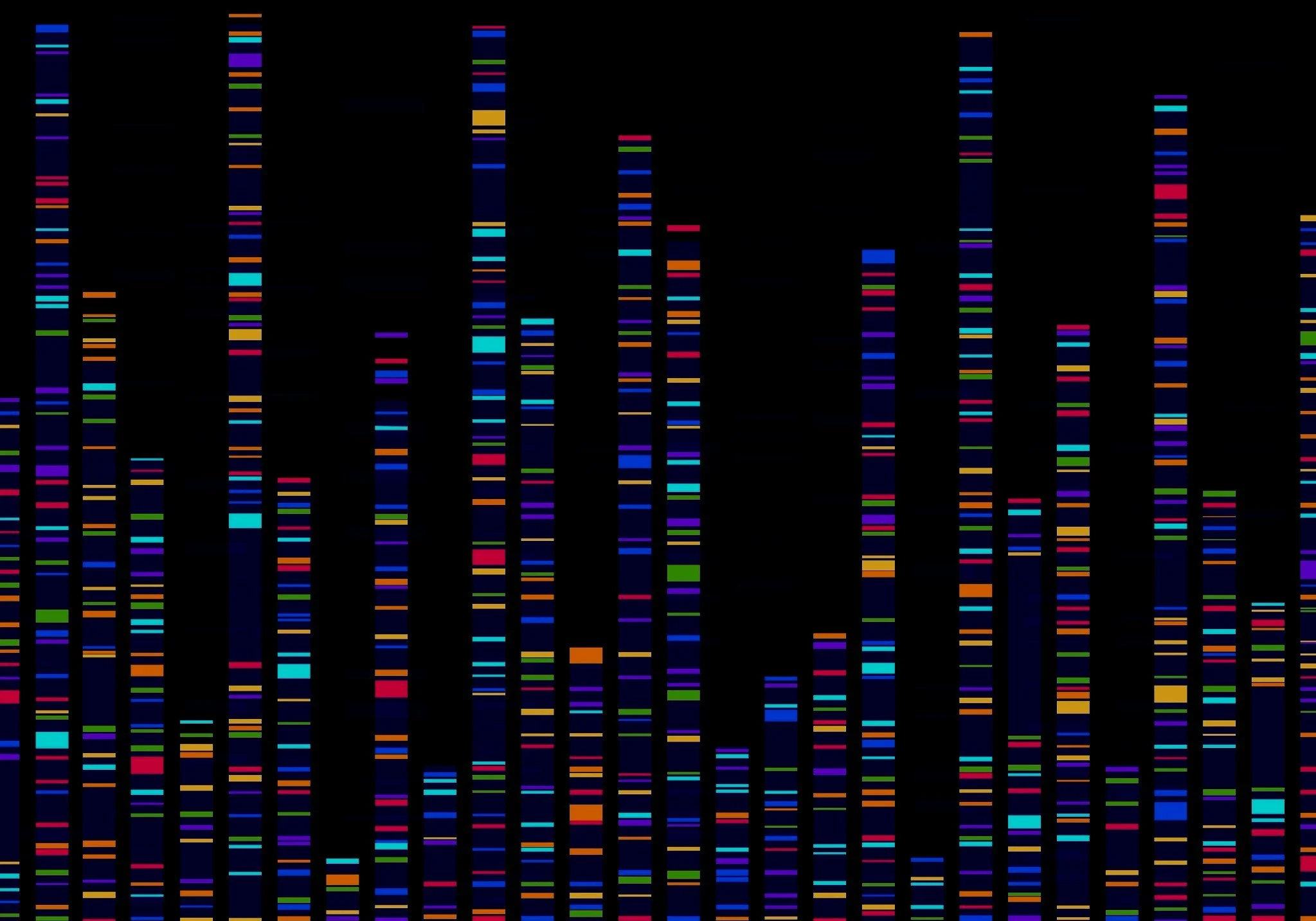
AI that 10X-es your pipelines
Discover public datasets, perform causal inference, and generate novel data points for your targets.
Data annotations that capture biology
Tailored data requirements for tasks
Bioinformatics agentic envs
High quality data for your ML models
Trusted by biotech companies, universities, and AI leaders
Biotech Startups
Use custom data to fine-tune and deploy the best industry-wide AI models. Better data = Better models
Universities
Get your research groups up to speed with the best datasets curated from around the world. Find model ready datasets and deploy in <24 hours
Big Pharma
Save upto 8X in data acquisition costs and push drug candidates forward by state of the art ADMET / Tox data generated in continuous cycles.
AI Tech Companies
Enhance the performance of bio-focused AI models by leveraging domain-specific datasets and craft data-rich reward functions for your RL tasks.
Get a free consultation today!
Need datasets for modeling, validation, or discovery — and tired of hunting for them across 100 places? Oahu makes biological data actually findable, then closes the loop by generating the datasets you can’t find.
From proteomics to perturbation screens, we help you source, structure, and produce the high-quality data your team needs to move fast.
Use Oahu and never doubt your data again
Our process
One platform — analyse, annotate, customise
Understanding the problem
We first grasp your problem and produce a one-page document of what we understand are the challenges in analysis or what you want to get done.
Aligning competencies
Next, we pick a team lead who should lead the solution for our client. This is based on technical competency, problem specifics, and timelines.
Solution and feedback
We then interface with the client to discuss our solution in the appropriate contexts and possible pitfalls in our analysis.




















